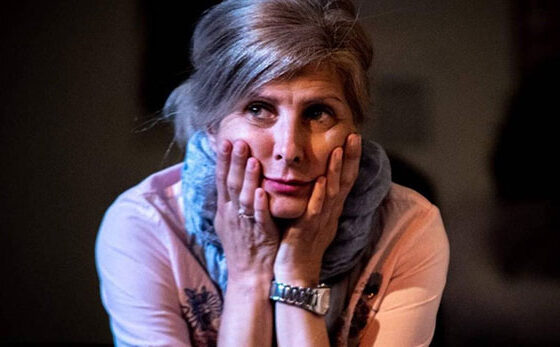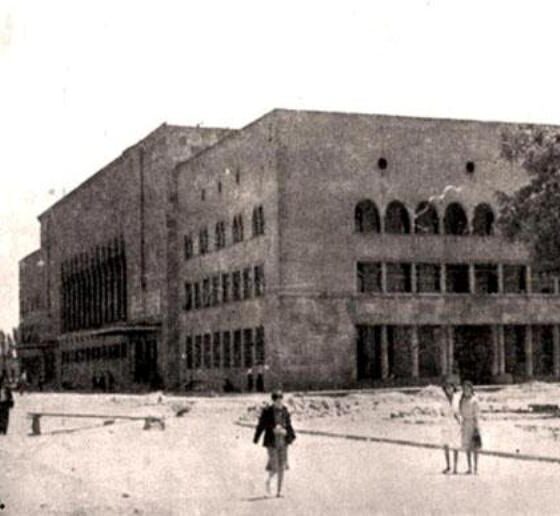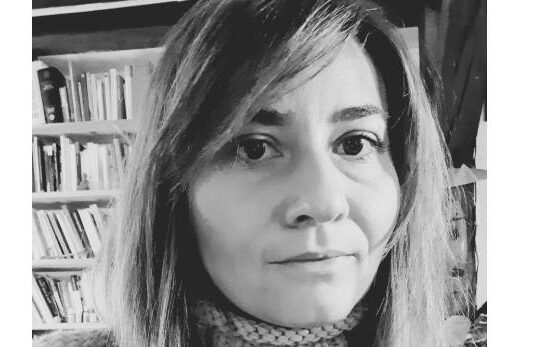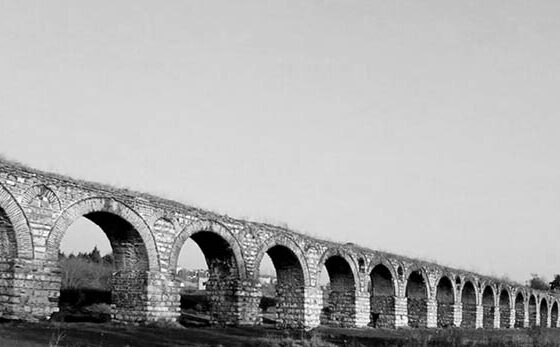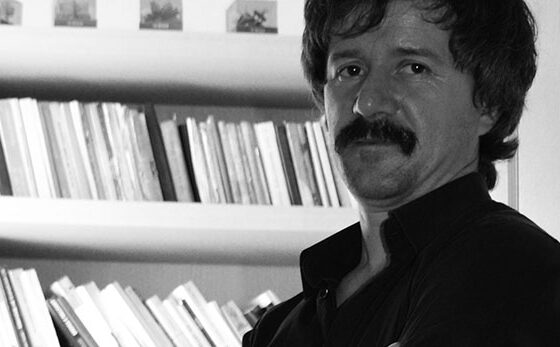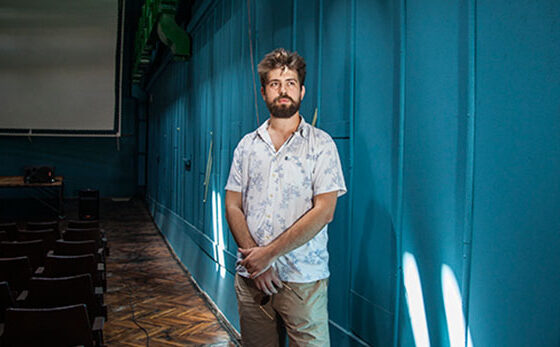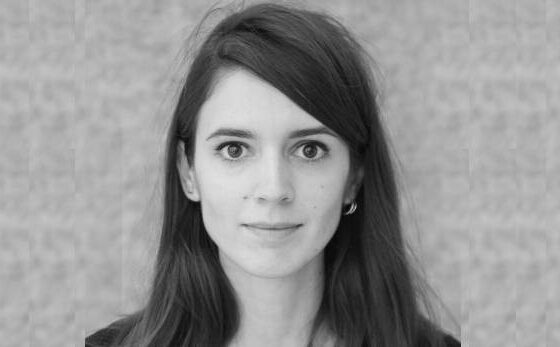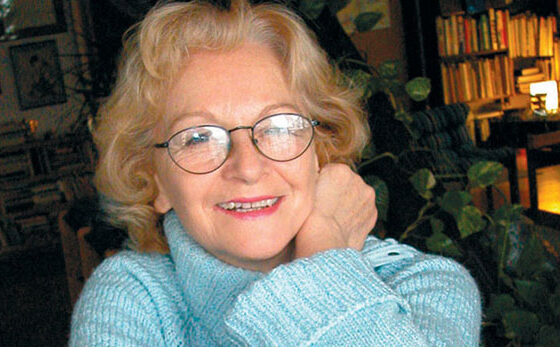Four Theses on the Architecture of Trauma
1.Architecture and/or Revolution? The search for answers to this complex question laid the foundations of modern architecture. As one of the great dilemmas of the 20th century, it pondered lucid ideas on the social role of architecture and its fundamental […]
Urbanism without any respect for the past / Skopje
Over the centuries, Skopje has been an important cultural and historical center in its geographical environment. Its growth and significance continued unabated until its zenith, when the city was razed to the ground by Austrian General Piccolomini in 1689, derailing […]
Memorialization of the Present
The description of fascism by Benedetto Croce as a “contemporary moral illness” can serve as a starting point for reflecting on the phenomenon of the mass erection of revisionist, negationist, and clerical-fascist monuments all over Bosnia and Herzegovina. These monuments […]
Urbanism without any respect for the past / Skopje – second part
After saying “Goodbye” and the dramatic finish in the first part, it is difficult to conclude that that is all we can say about the urbanism that does not respect the past in the Macedonian capital, Skopje. The story of […]
The Architorture of the Last Two Decades
In 2014 I wrote a text on the Venice Biennale focusing on reading the historic strata of Kosovo’s cities how multiple layers created as a complex result of historic, social circumstances and even of political systems. It was not hard […]
Kosovo Cinemas in Context: a reportage
My reflection on the relation between Kosovo cinemas, public spaces, community engagement, and dealing with the past is based on my ongoing experience with the process of reviving a former cinema and building a contemporary cultural institution engaged in experimental […]
THE VRACA MEMORIAL COMPLEX: Layers of memory
In the heart of Sarajevo there is a valuable artifact of collective memory, a public space which does not simply have a past, but a history: the Vraca Memorial Complex. It consists of a memorial park from the Yugoslav era […]
The Destruction of Normal Life Will Not Succeed!
In an attempt to define the traits of this elusive Spring 2021 – with the slow departure of COVID-19 (will it be for good?) – we feel a stable, decisive, albeit not quite turbulent enough, gathering of people across Serbia […]
